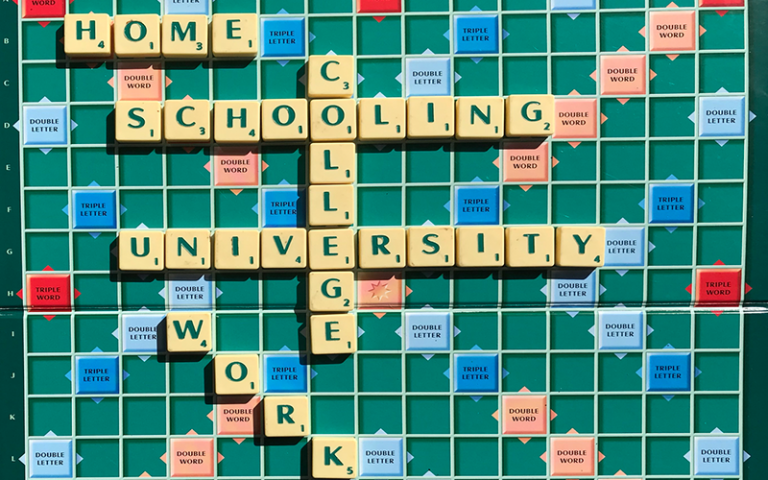Imagining post-coronavirus learning environments
30 March 2020
When the virus fades and a new normal emerges, what will have changed within learning environments?

Schools, colleges and universities across the globe have shut their doors to slow the virus spread. Young people are now learning – or trying to learn – from home. Parents strive to balance earning and learning, juggling their work with childcare. Adolescents at their home screens struggle to manage the lack of direct social contact with friends. International students return home – if they can. The impact of closures on learning progress, on educational outcomes, exam results, and progression are of deep concern to teachers, pupils and their families.
Covid-19 can be viewed as a vast social experiment testing the power of online learning compared to place-based learning. When the virus fades and a new normal emerges, what will have changed? What will we have learnt from this experiment?
Though still in the early days of this experiment, here are some potential outcomes for future learning environments.
- More learners than ever before will adopt online learning. While the infrastructure to deliver online learning is today not perfect, cheap, or omnipresent, live video delivery of group interactive sessions will be increasingly possible and rewarding.
- The wealth of online educational games, videos and courses including MOOCs (massive open online courses) already provides a huge fount of knowledge that will multiply and increasingly be used by a wider part of the population. Learning analytics will become more prevalent helping to guide learning practice.
- The best teachers will invest in learning dramatic skills – oratory, gesture, movement, timing – so that both online and face-to-face sessions are made more compelling than today.
- As social animals, we humans will continue to need and desire immediate face-to-face contact with others. However, we will reduce the frequency of contact for learning, thus making a dent in the amount of weekday travel, and slightly reducing climate heating.
- Our kindergartens and schools may no longer provide childcare every weekday so workers can go to their jobs, as many jobs will increasingly be performed at home.
- Our homes will become ever more important as places of nurture AND learning AND working, reverting to their former central role throughout most of mankind’s history.
- Buildings intended as kindergartens, schools, colleges, and universities will morph into workshops/laboratories/studios/gyms hosting specialist tools and equipment for occasional use, in effect becoming a form of specialist library. They will also become centres for discussion and debate, for community meetings, for celebrations of learning.
19th and 20th century industry demanded daily work in factories with a short weekend break. In an increasingly digital and automated era we no longer need to live and work in that same pattern. Today’s social experiment may yield some positive change to help create a form of socially engaged, sustainable lifestyles suited to our 21st century digitally connected globe.
 Close
Close


